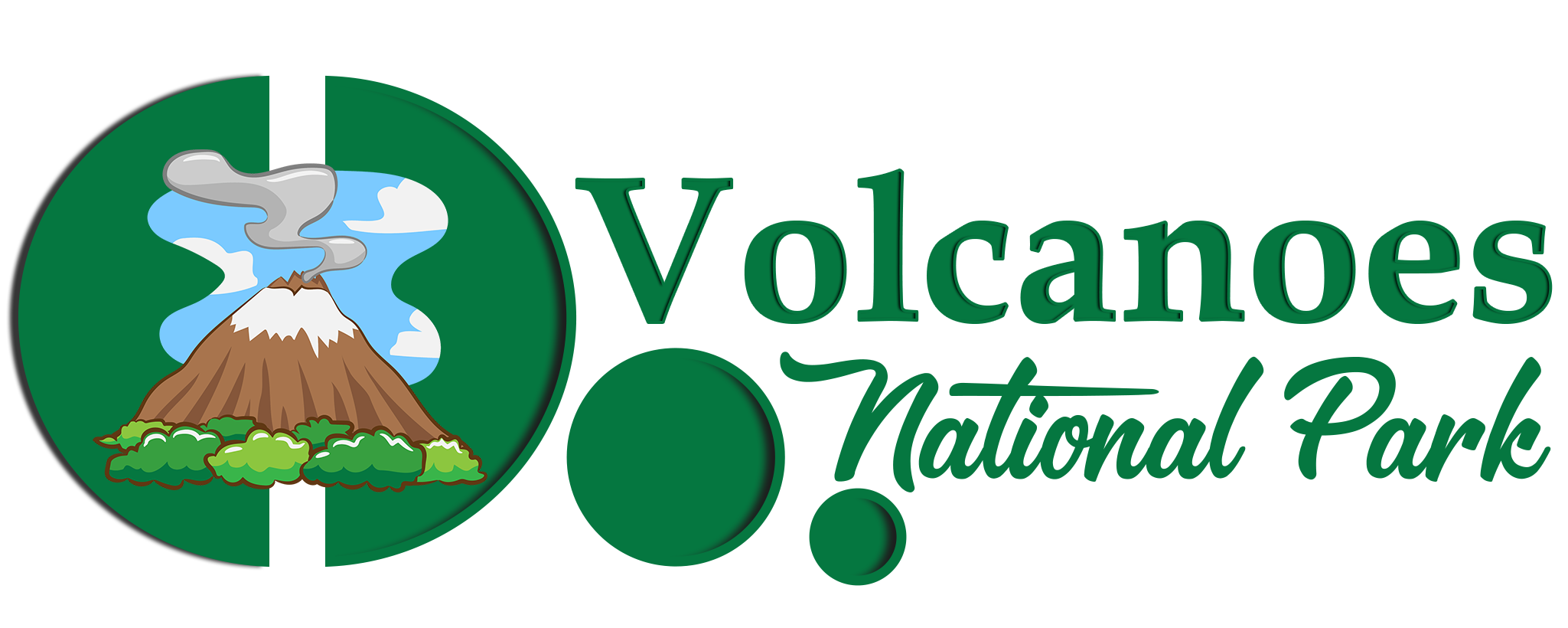History About Volcanoes National Park
One of the three national parks that Rwanda is delighted to boast about is Volcanoes National Park. ‘Parc National des Volcans’ is another name for it that is used in French. In Rwanda’s northwestern province, in the town of Musanze, is where the national park is situated. The national park is fortunate to have a variety of plant and bird species. Mountain gorillas, a species that is critically endangered, call this environment home; the other habitats are Mgahinga National Park in Uganda and Virunga National Park in the Democratic Republic of the Congo.
The DRC’s Virunga National Park and Uganda’s Mgahinga Gorilla National Park are both bordered by Volcanoes National Park. Included in its boundaries are five of the eight volcanoes that make up the Virunga volcano region: Mount Karisimbi, Mount Sabyinyo, Mount Gahinga, Mount Muhabura, and Mount Bisoke.
The oldest national park on the African continent is Volcanoes National Park, which was first recognised as a national park in 1925. In order to protect mountain gorillas from poachers, it was declared a national park.
The boundaries of Volcanoes National Park were expanded from Rwanda into Congo in 1929. Albert National Park was the initial name of the national park in honor of King Albert I. At that time, it was managed and governed by the Belgian Colonialist administration.
Following their independence, Rwanda and the DRC separated ownership of Volcanoes National Park later in the 1960s. This effectively cut the park in half, creating the first Virunga National Park in the Democratic Republic of the Congo.
Bamboo and rain forest comprise 160 square kilometers of Volcanoes National Park. It includes 178 bird species, of which 16 subspecies and 13 species, respectively, may be found in the Rwenzori Mountains and the Virunga Conservation Area.
The American primatologist and conservationist Dian Fossey used Volcanoes National Park as a base in 1967. She began observing mountain gorilla populations in the park in 1966 and she was conducting scientific research there ever since. She was murdered and then interred at a graveyard inside the park.
Numerous mammal species, including bushbucks, vervet and white and black colobus monkeys, forest elephants, buffalo, and giant pigs, among others, may be found at Volcanoes National Park.
After the Rwandan civil war broke out in the early 1990s, Volcanoes National Park turned into a theatre of combat. The genocidal conflict not only had a significant impact on Rwandans’ quality of life, but it also had a negative impact on the region’s tourism industry until 1999.
However, the ‘Kwita Iziina’ gorilla infant naming ritual, was held in 2005 by the Rwandan government. This was done in an effort to revitalize Volcanoes National Park’s tourist and conservation efforts. Each year, both members of the local community and visitors take part in the ritual for naming baby gorillas.
The headquarters of the Volcanoes National Park are in Kinigi, a small settlement within Musanze, which was originally known as Ruhengeri. The Kinigi park headquarters is where trekking permits are distributed and where visitors to the national park are briefed.
For booking of trekking permits should be made at least six months in advance if visitors plan to go gorilla or golden monkey trekking in the park. This is done to guarantee that permits will be available, especially during the busiest time between June and September.
